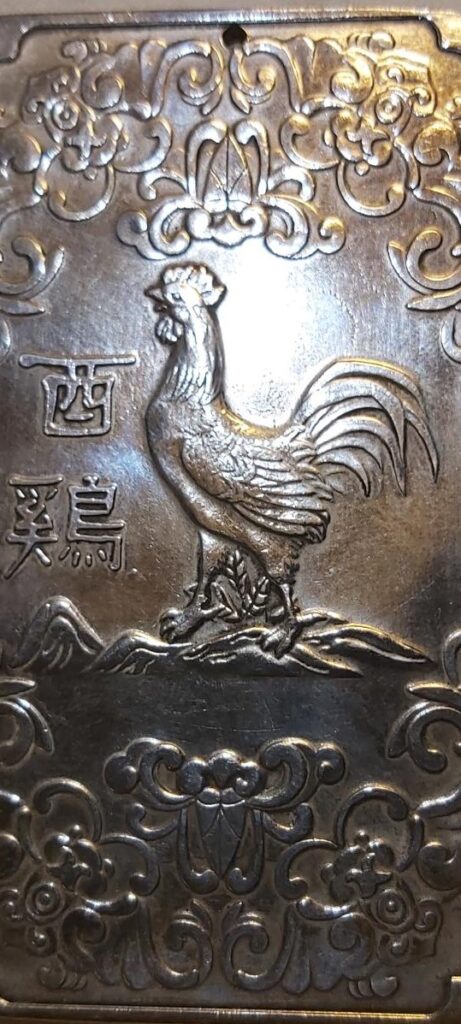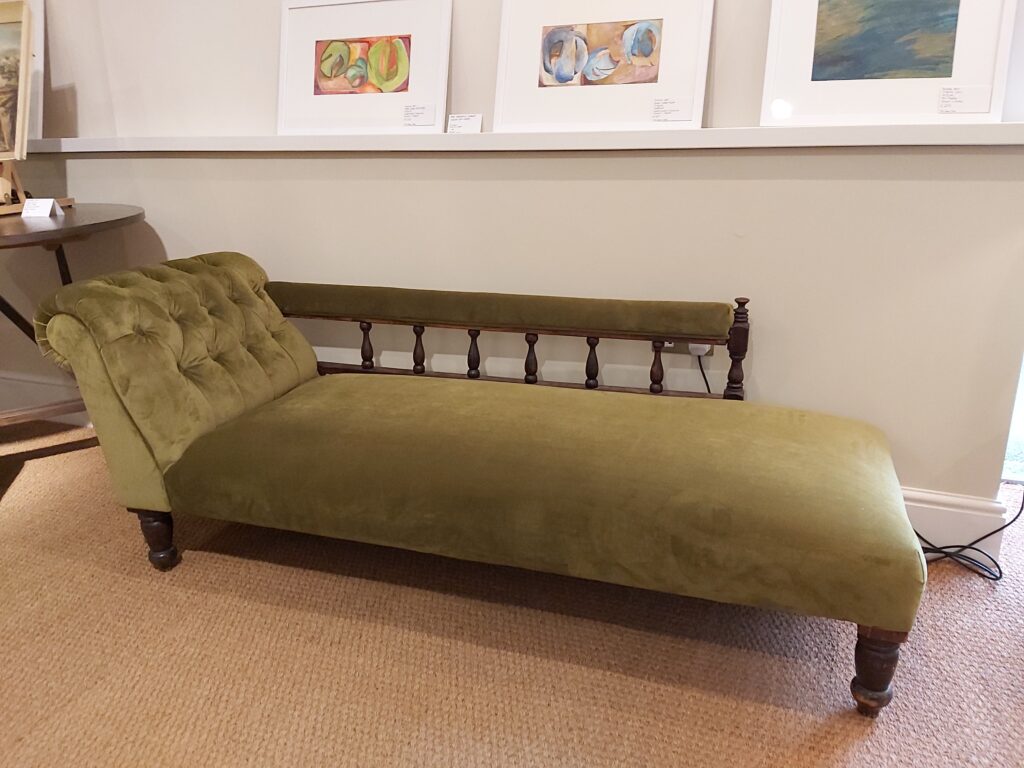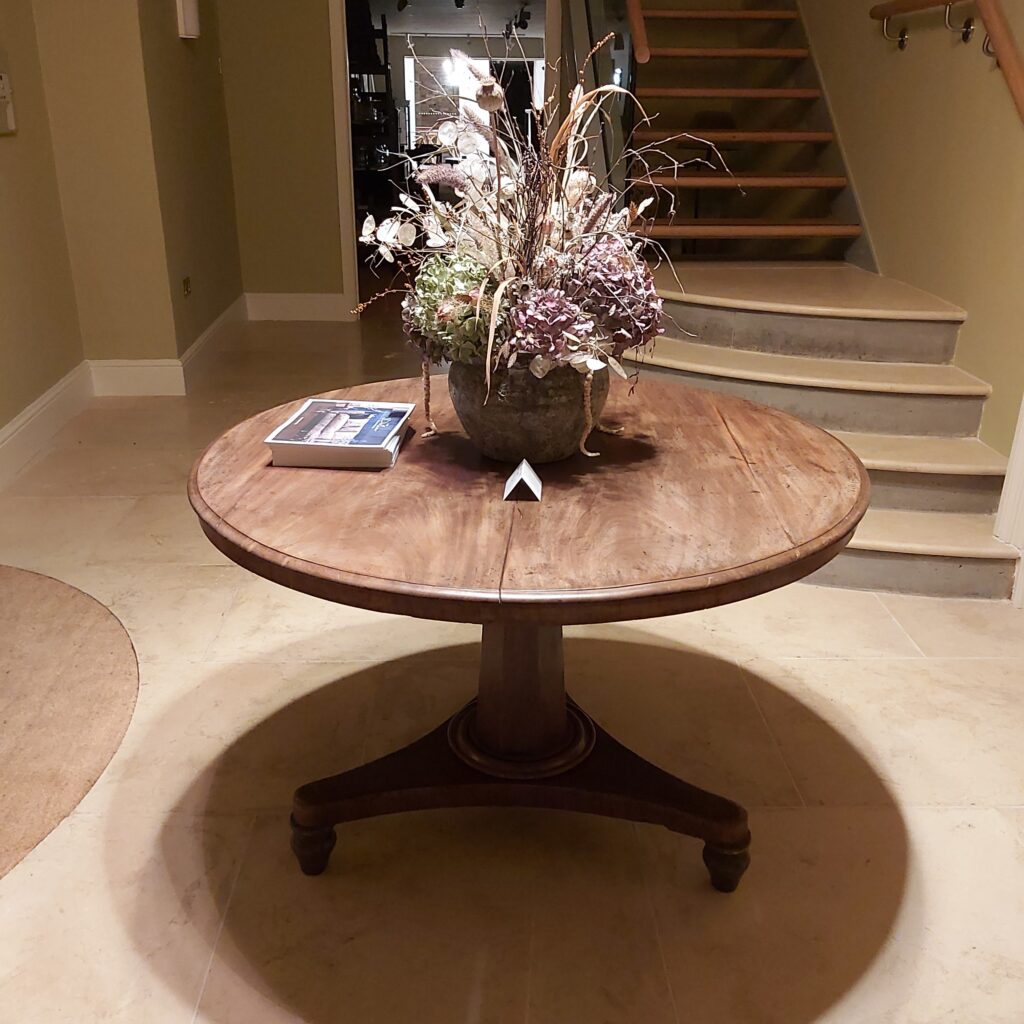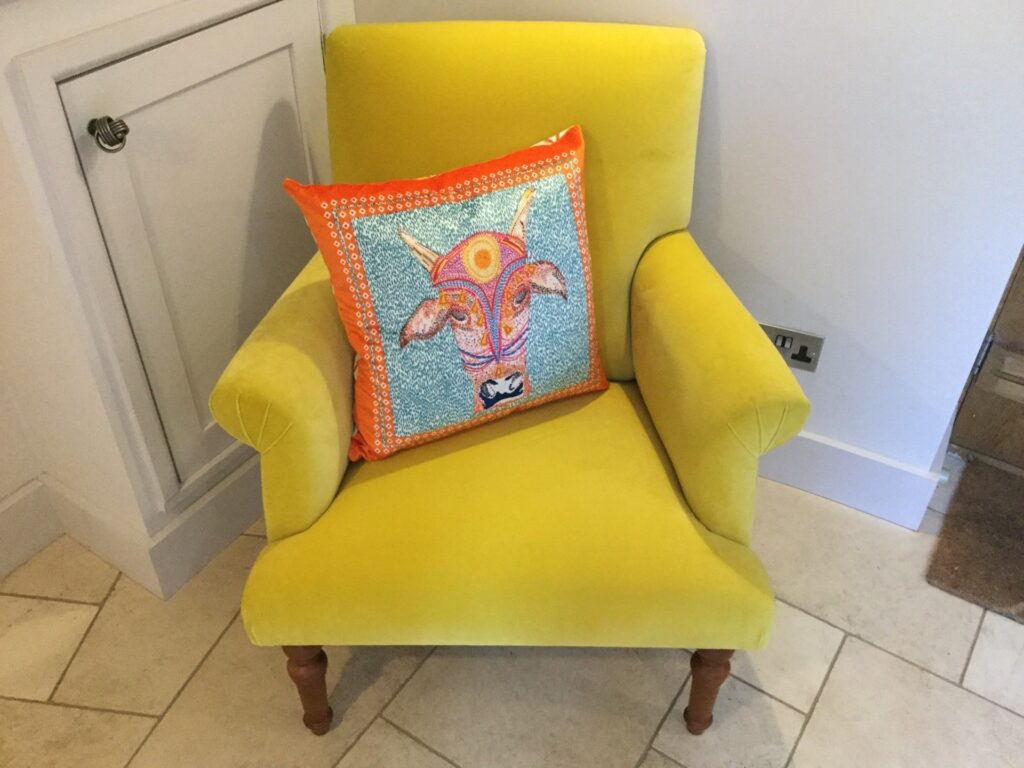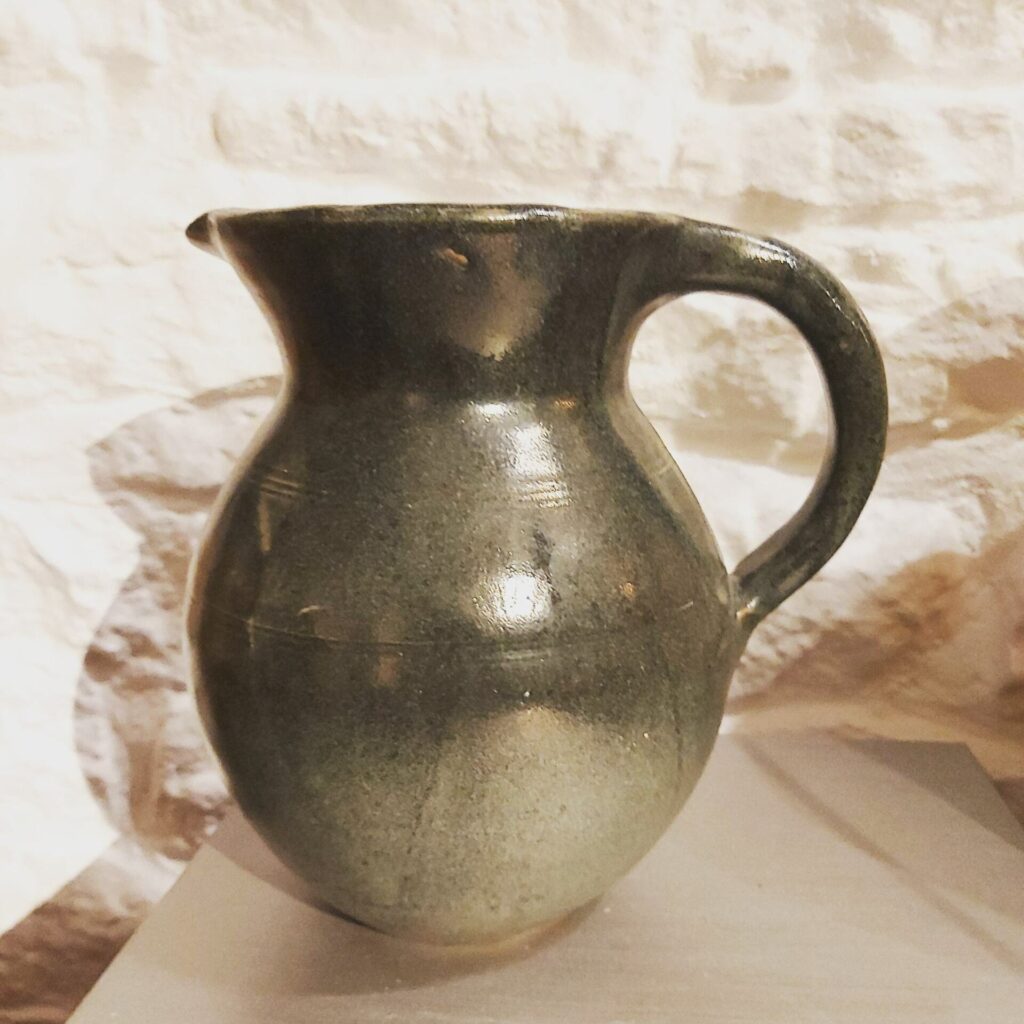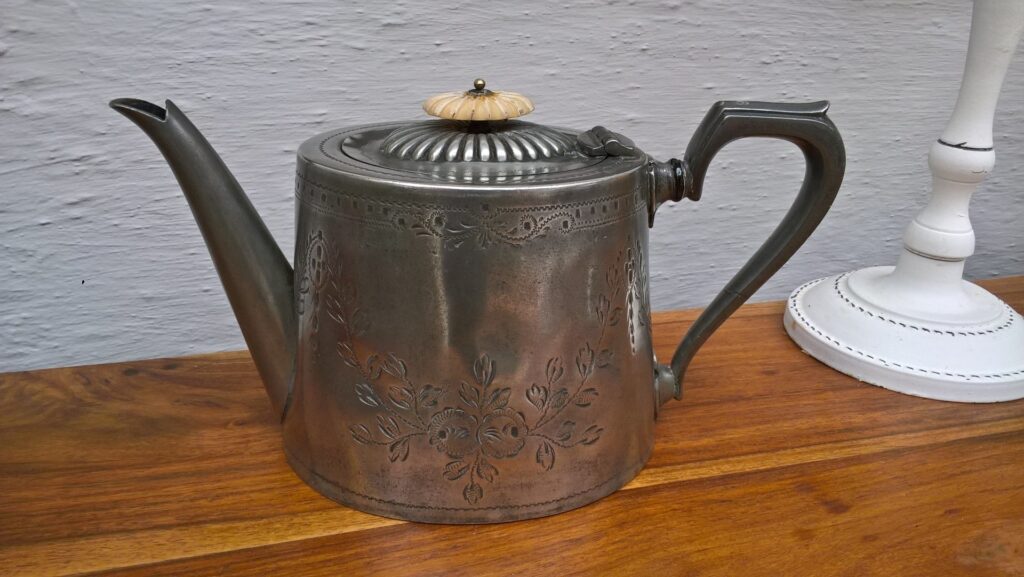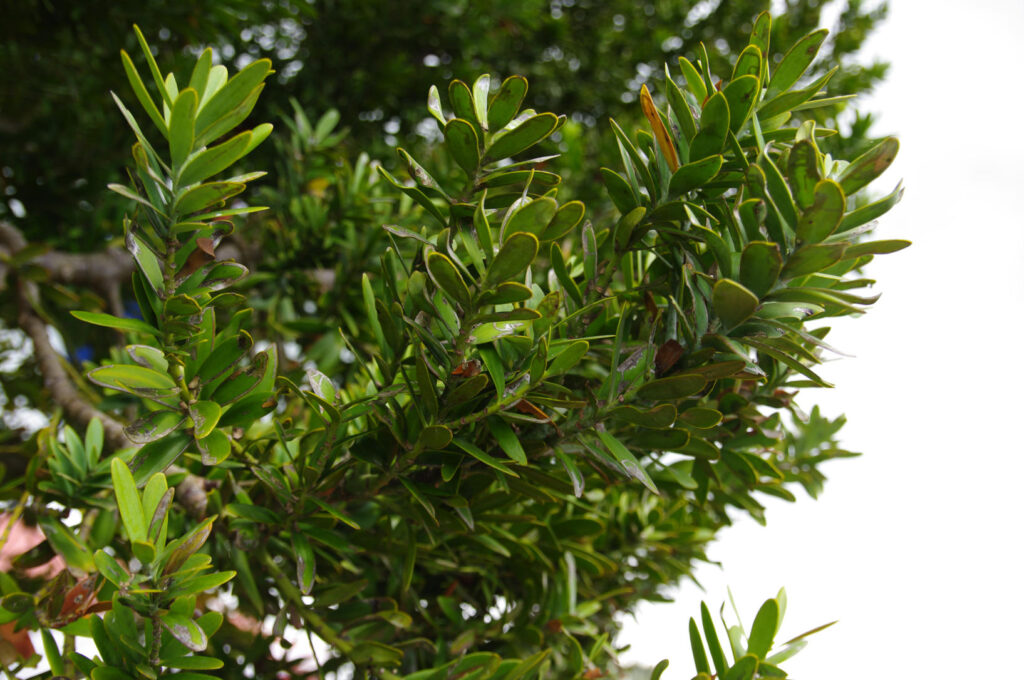If you have no idea what your Chinese sign is do look it up. It’s interesting to read about your character (based on the year you were born) which then determines which animal you represent on the Chinese Horoscope.
The animals start with the Rat then followed by the Ox, Tiger, Rabbit, Dragon, Snake, Horse, Goat, Monkey, Rooster, Dog and finally the Pig.
They all have a 12yr cycle and if it happens to be your year you should wear your lucky colours, for Tigers it is Black, Orange and Blue.
It happens to be the Water Tiger this year which happens every 60yrs which starts from February 1st 2022 till January 21st 2023.
Years of the Tiger include 1938, 1950, 1962, 1974, 1986, 1998, 2010, 2022
The luckiest zodiac signs in the year 2022 will be the Ox and Goat.
If you were born in the years of the Rat, Snake, Monkey, Pig or Dog, you will have to make more effort to make your achievements.
For the Rabbit, Dragon, Horse and Rooster you are destined to enjoy a smooth life this year with good luck in making money!
If you are a Tiger make sure you wear red in 2022 to bring maximum good fortune!
So, without sounding too much like Confucius, I will end it there but It’s interesting to learn the meaning behind this ancient belief – which is still followed today.
I have a full set of Chinese Silver ingots with the 12 zodiac signs if you are interested. They are beautiful and worthy of any home.
The Rooster
